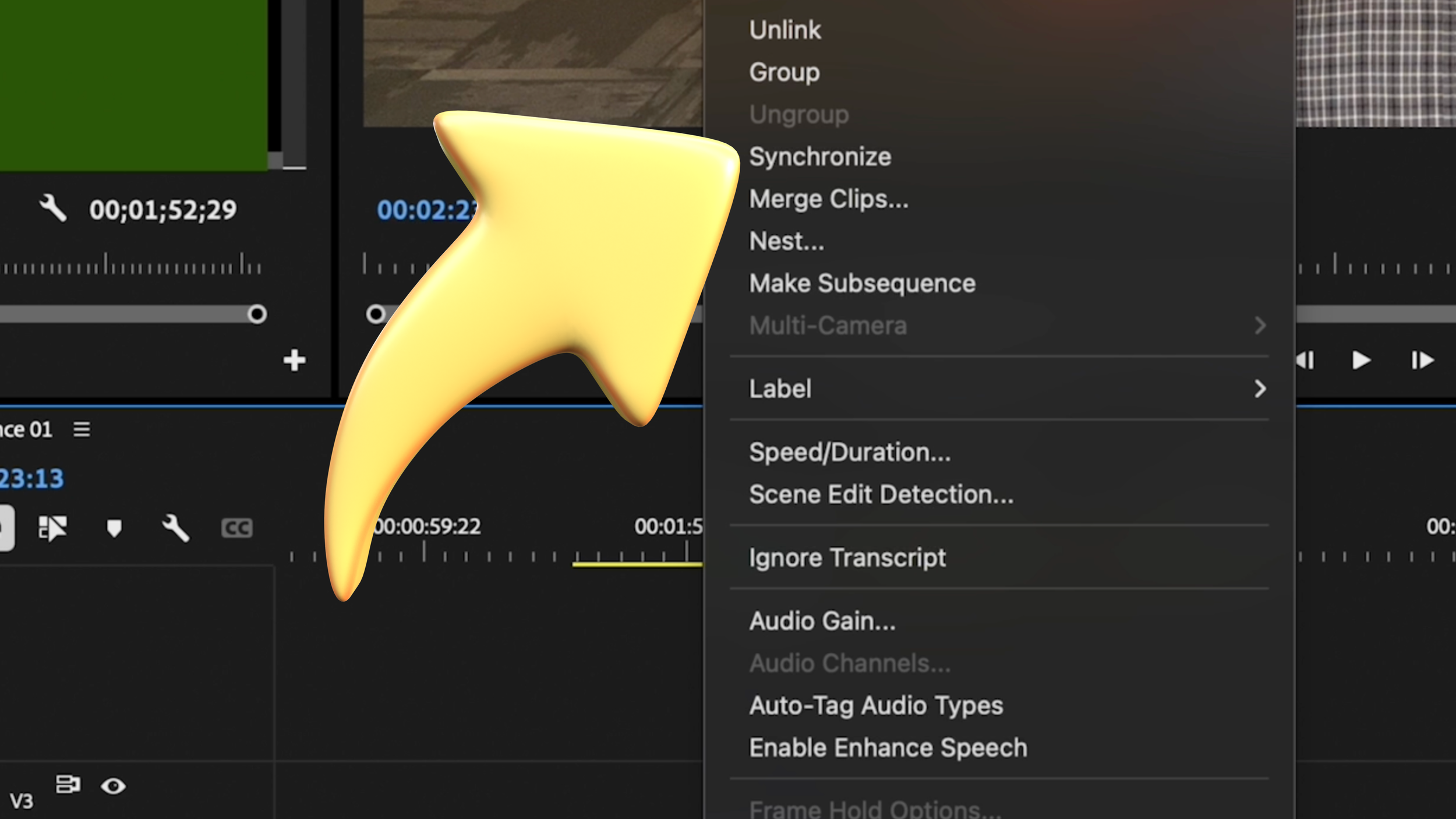Filming People in Public: A General Guideline for Content Creators
THIS ARTICLE HAS BEEN PREPARED FOR EDUCATIONAL AND INFORMATION PURPOSES ONLY AND IS NOT LEGAL ADVICE OR A LEGAL OPINION. ONLY YOUR ATTORNEY CAN ADVISE YOU WHICH LAWS ARE APPLICABLE TO YOUR SPECIFIC CASE AND SITUATION.
Introduction:
In the age of digital media and social platforms, content creation has become a popular medium of expression and entertainment. Filming people in public is a common practice for many content creators, especially those who run YouTube channels. However, it is essential to navigate the legal and ethical considerations associated with this practice. This article provides a general guideline to help content creators understand the principles and best practices when filming people in public, with the aim of promoting responsible and respectful content creation.
1. Familiarize Yourself with Local Laws:
Before embarking on any public filming activities, it is crucial to familiarize yourself with the laws and regulations specific to your location. Laws regarding filming in public can vary from country to country, and even within different regions or states. Research the applicable laws to gain a clear understanding of what is legally permissible.
2. Consent and Privacy Considerations:
While filming in public spaces generally allows for a reasonable expectation of being filmed, it is essential to respect individuals' privacy rights. Consider the following points when filming people in public:
a. Consent: Whenever possible, obtain explicit consent from individuals before including them in your content. This can be done by politely asking for their permission to be filmed and explaining how the footage will be used. However, be prepared for individuals who may decline or express discomfort, in which case it is important to respect their wishes and refrain from filming them.
b. Blurring and Anonymizing: In situations where obtaining consent is not feasible, such as when filming large crowds, consider blurring or pixelating faces and other identifying features in post-production. This helps protect the privacy of individuals who may not have consented to being filmed.
c. Avoiding Sensitive Locations and Events: Be mindful of locations or events where individuals may have a heightened expectation of privacy, such as hospitals, religious institutions, or private residences. Refrain from filming in these areas unless you have explicit permission or it is a public event where the presence of cameras is expected.
3. Respect Personal Boundaries:
Respecting personal boundaries is vital when filming people in public. Consider the following:
a. Maintain a Reasonable Distance: While filming, try to maintain a respectful distance from individuals to avoid invading their personal space or making them feel uncomfortable.
b. Be Aware of Surroundings: Pay attention to the environment and the people around you. If someone appears to be in distress or uncomfortable with being filmed, it is best to discontinue filming or move to another location.
c. Minimize Disruption: Ensure that your filming activities do not disrupt the normal flow of pedestrian traffic or interfere with public events. Be considerate of others and avoid obstructing pathways or causing inconvenience.
4. Editorial Considerations:
When editing and publishing the content, keep the following points in mind:
a. Avoid Sensationalism or Exploitation: Refrain from using footage in a way that sensationalizes or exploits individuals for the sake of views or entertainment. Maintain a respectful and ethical approach in your content creation.
b. Protect Identities: Be cautious not to disclose personal information, such as names, addresses, or any other identifying details, unless you have explicit permission from the individuals involved.
c. Consider Context and Relevance: Ensure that the inclusion of individuals in your content serves a legitimate purpose and adds value to your narrative or message. Avoid using footage solely for shock value or without proper context.
Conclusion:
Filming people in public for content creation can be a valuable and engaging form of expression. However, it is crucial to approach this practice responsibly, respecting individuals' privacy rights and adhering to the applicable laws. By following the guidelines outlined in this article, content creators can foster a respectful and ethical environment while creating compelling content for their YouTube, TikTok, or Instagram. Remember, always seek specific legal advice from a qualified professional when in doubt about the legality of your filming activities.









Got shaky footage? No problem! In this quick tutorial, learn how to use Warp Stabilizer in Adobe Premiere Pro to smooth out your shots effortlessly.